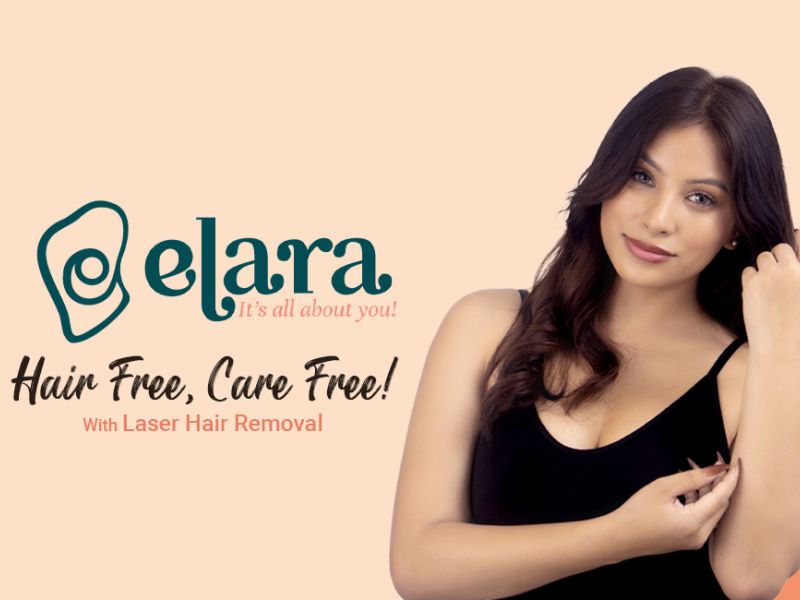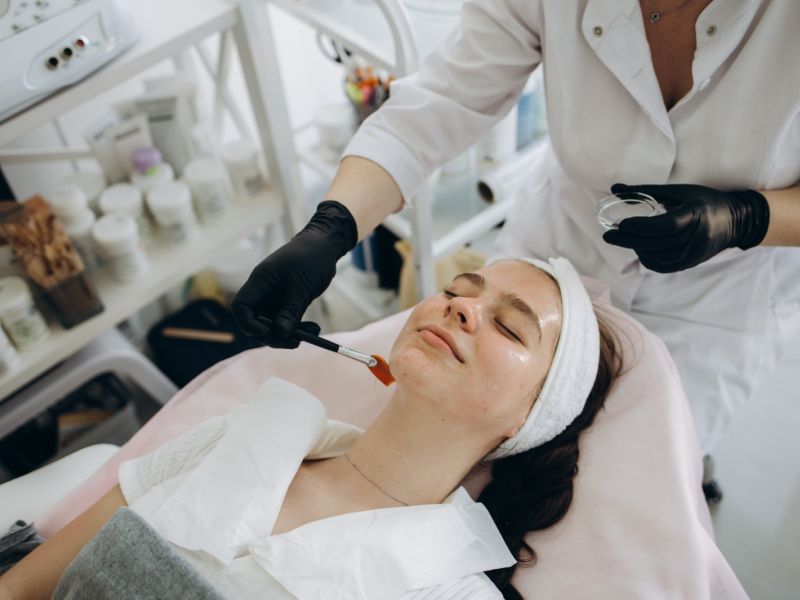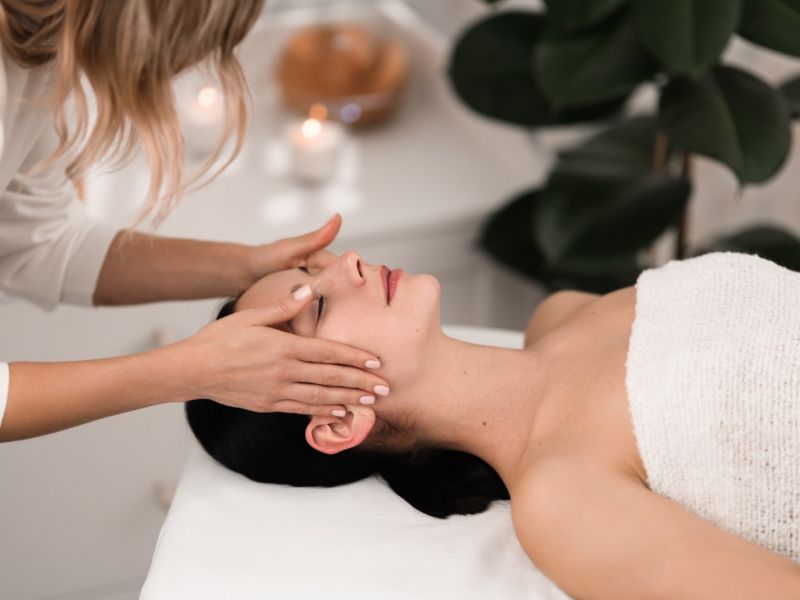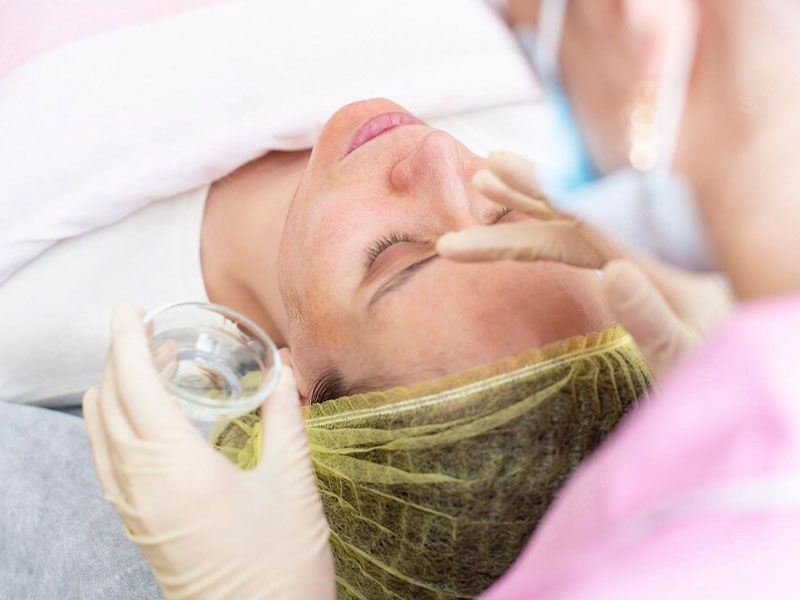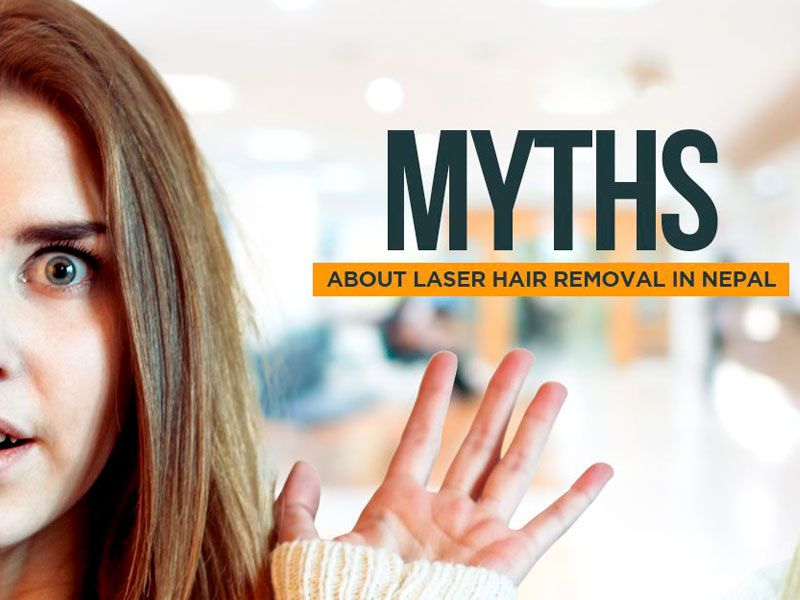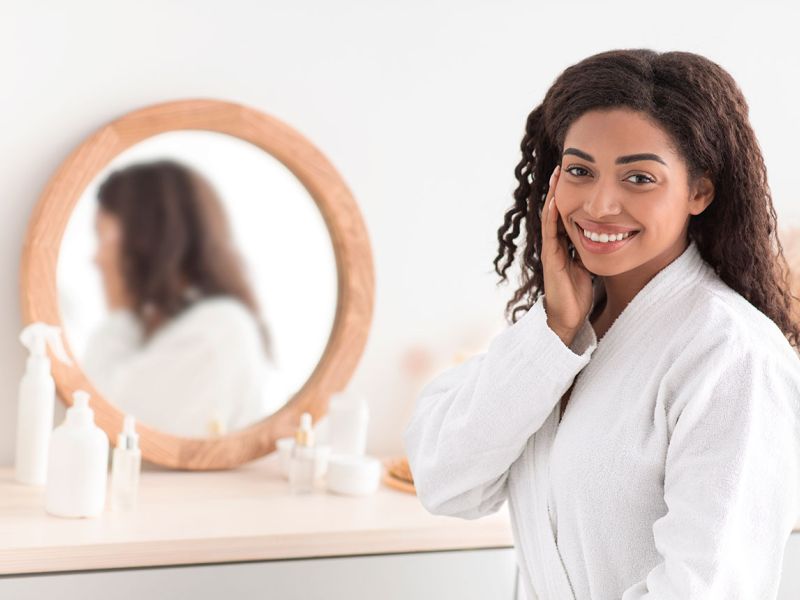Understanding Acne And It’s Treatment
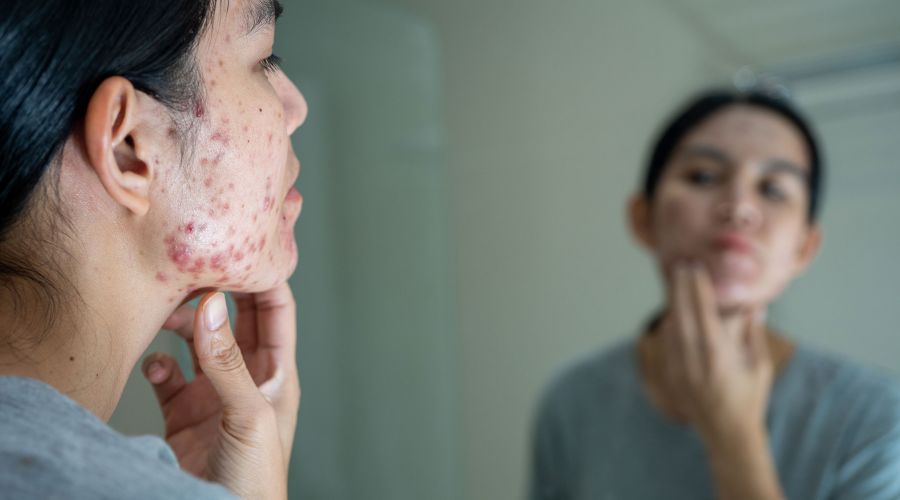
Sometimes, growing up comes with unexpected challenges, and one common hurdle for many kids and teenagers is acne. This article is here to help you, whether you’re a young reader curious about your skin or an adult guiding a child through this phase. Let’s embark on a journey to understand acne, its causes, and effective ways to prevent and treat it.
What is Acne?
Acne is a prevalent skin condition experienced by kids and teenagers as they go through adolescence. It often manifests as small, red bumps on the face, neck, chest, and back. It’s crucial to recognize that you’re not alone – many kids encounter the same challenge. Acne can be attributed to various factors, including hormonal changes, genetics, stress, poor hygiene, and diet.
Types of Acne
Acne comes in various forms, from mild to severe. Identifying the type of acne is crucial in determining the most effective approach to treatment. Recognizing these different types is essential for effective treatment and management. Here are some common types of acne:
Blackheads:
Appearance: Bumps that look like dark or black spots on the skin.
Characteristics: Blackheads are open comedones, and the dark color is not dirt but rather oxidized melanin.
Cause: They result from the accumulation of oil and dead skin cells in the hair follicles.
Whiteheads:
Appearance: Small, closed bumps that appear as white or skin-colored.
Characteristics: Whiteheads are closed comedones, meaning the follicle opening is blocked, preventing oxidation of melanin.
Papules:
Appearance: Small, red, inflamed bumps on the skin.
Characteristics: Papules are often tender to the touch and do not contain pus. They result from inflammation and infection of the hair follicles.
Pustules:
Appearance: Raised or bulging bumps with a visible yellow pus-filled center.
Characteristics: Pustules are inflamed, red, and tender to the touch. The yellow or white center is a collection of dead white blood cells and bacteria.
Nodules:
Appearance: Large, painful, inflamed bumps that are firmly rooted in the skin.
Characteristics: Nodules are deeper and more severe than papules and pustules. They can be painful and may not come to a head easily.
Cysts:
Appearance: Painful bumps that are larger than pimples and filled with pus or fluid.
Characteristics: Cysts are the most severe form of acne. They can cause significant pain, swelling, and may lead to permanent skin damage. Cysts often extend deep into the skin layers.
Why Do Kids Get Acne?
Hormonal Changes: Puberty brings about hormonal changes that can increase oil production, leading to clogged pores and acne outbreaks.
Genetics: Your likelihood of experiencing acne may be influenced by your family history. If your parents or siblings had acne, you might be more prone to it.
Stress: Believe it or not, stress can contribute to acne. Hormones released during stressful times may increase oil production in the skin.
Poor Hygiene: Regularly washing your face is essential to prevent the accumulation of oil and grime, which can exacerbate acne.
Diet: While there’s no direct link between junk food and acne, a balanced diet with whole grains, vegetables, and fruits can contribute to healthier skin.
How Can You Prevent Acne?
Practice Good Hygiene Habits: Wash your face twice daily with a gentle cleanser and use oil-free, non-comedogenic moisturizers.
Drink Plenty of Water: Hydration is key to clear skin. Drinking water helps flush out toxins and promotes overall skin health.
Exercise Regularly: Physical activity improves blood circulation and contributes to healthy skin. Remember to shower after exercising to prevent pore-clogging sweat.
Eat a Healthy Diet: Opt for a balanced diet rich in whole foods to support skin health.
Avoid Touching Your Face: Resist the urge to touch your face frequently, as it can spread bacteria and worsen acne outbreaks.
How Can You Treat Acne?
Over-the-Counter Medications: Products with benzoyl peroxide or salicylic acid can unclog pores and reduce inflammation.
Prescription Medications: For severe acne, a doctor may prescribe topical or oral medications to control breakouts and prevent scarring.
Natural Remedies: Some natural ingredients like tea tree oil, aloe vera, and witch hazel can help with mild acne. Consult a doctor before trying any natural remedies.
Professional Treatments: Dermatologists offer treatments such as chemical peels, laser therapy, or extractions for stubborn or severe cases.
Acne is a temporary challenge caused by hormonal changes during puberty. By practicing good hygiene, maintaining a healthy lifestyle, and seeking professional help when needed, you can manage and overcome acne. If acne affects your self-esteem or causes discomfort, don’t hesitate to consult a doctor or dermatologist. Remember, with patience and proper care, clearer and healthier skin is within reach. Focus on building good habits, taking care of your overall health, and seeking support when necessary. Your skin is just one part of who you are – your confidence and kindness matter more. Understanding acne is the first step toward managing it effectively, and you’re on the path to clearer days ahead.
Other Recent BLogs
-
 Skin Care for All Seasons, Adjusting Your Routine to Weather’s Whims
Skin Care for All Seasons, Adjusting Your Routine to Weather’s Whims -
 The Role of Stress in Skin Health: Managing Your Complexion in High-Pressure Times
The Role of Stress in Skin Health: Managing Your Complexion in High-Pressure Times -
 Understanding the Differences Between Teen and Adult Acne: A Guide from Elara
Understanding the Differences Between Teen and Adult Acne: A Guide from Elara -
 Should I Stop Using Moisturizers and Sunscreen Because I Have Acne-Prone Skin? Skincare Routine for Acne-Prone Skin
Should I Stop Using Moisturizers and Sunscreen Because I Have Acne-Prone Skin? Skincare Routine for Acne-Prone Skin -
 Skincare Care Routine For Acne Prone Skin
Skincare Care Routine For Acne Prone Skin -
 Salicylic Acid Treatment For Acne
Salicylic Acid Treatment For Acne -
 Understanding Acne And It’s Treatment
Understanding Acne And It’s Treatment -
 Chemical Peel vs. Carbon Peel: What’s The Difference?
Chemical Peel vs. Carbon Peel: What’s The Difference?



